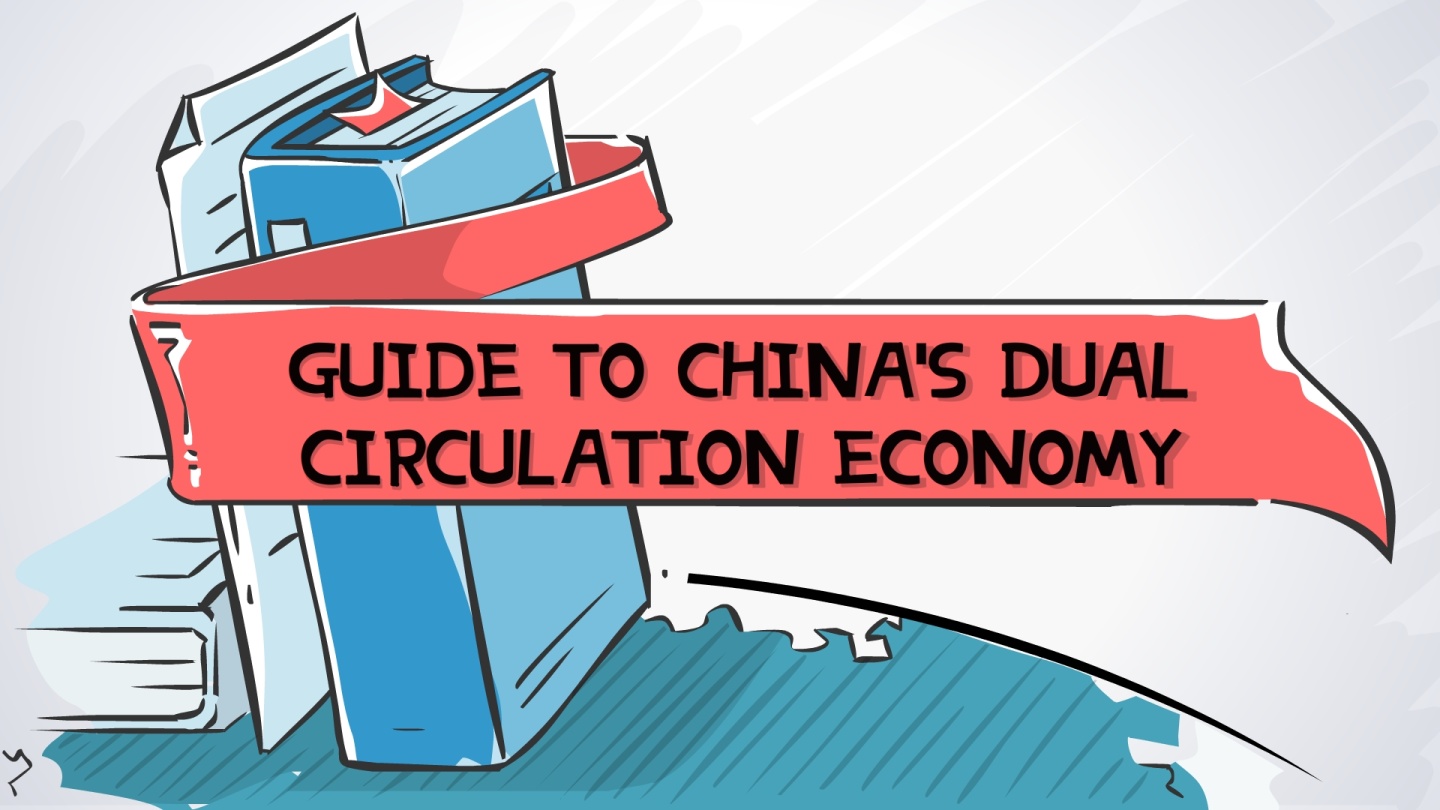How is the nickel industry positioned in China’s new development pattern of “dual circulation”?
The ‘dual circulation’ development pattern seeks to return China to more self-sufficiency. The policy separates domestic and international economics. It aims to increase domestic circulation, and rely less on international circulation. Policymakers describe this as high-level ‘opening-up’, attracting global resource inputs to the massive domestic market as a response to anxiety around supply chain security, resilience and stability. Nickel, as an abundant resource, should continue to be a reliable contributor to China’s new development model, either through domestic or international circulation.
What is the role of nickel value chains in China’s modern “real economy” industrial system?
The CPC is determined to emphasize the “real economy” in China’s overall economic development. The aim is to elevate China to become a universal powerhouse of manufacturing, quality, space exploration, transportation, internet, digitalization through new industrialization. But the ability to secure a stable supply of strategic mineral resources could impact the development of China’s strategic and emerging industries, such as next-generation IT, artificial intelligence, bio tech, new energy, new materials, high-end equipment as well as green and environmental protection.
Nickel value chains assist in industrial development across the globe and China is an exceptional market where nickel has a wide-ranging role to play thanks to its properties which are applicable to a broad array of industries.
How does nickel fit in the regulatory context of green development transition?
To realise the “Beautiful China” sustainable development goals, four regulatory imperatives have been announced. Namely:
- development with accelerated green transition;
- the further advancement of environmental pollution prevention and control;
- the proactive and steady advancement of carbon peaking and carbon neutrality;
- and the enhancement of biological diversity, stability and sustainability.
Green transition
Green and low carbon economic and social transition is a crucial aspect of high-quality development and relies on industry, energy and transportation being adjusted and optimized. A comprehensive conservation strategy will be implemented to save various resources, including the fast tracking of waste recycling systems. The policy and standard framework for taxation, financing, investment, and pricing will be improved to drive the development of low carbon industries, carbon-reduction technologies, and green consumption.
Environmental pollution prevention and control
Environmental pollution prevention and control underscores the continuous environmental quality improvement of air, water, and soil. For air quality, coordinated control of different pollutants will be adopted to eradicate heavily polluted weather. An integrated approach will be taken to achieve water environmental quality improvement that also considers water resources and water ecology. The treatment of new pollutants is reinforced to prevent soil pollution. The pollutant discharge permit will be reinforced to drive improvement. In principle, all environmental risks are subject to strict prevention and control.
The nickel industry supports the development and implementation of science-based environmental quality standards.
Carbon peaking and carbon neutrality
The proactive and steady advancement of carbon peaking and carbon neutrality requires the gradual transition from the dual control of energy cap and energy density to carbon cap and carbon density. The government requires low carbon and efficient utilization of clean energy in the industry, building and transportation sectors.
- China will boost the coordinated development of different renewable energies of hydro power development and biological protection as well as the safe and well-planned development of nuclear power.
- China will improve its carbon accounting system and emissions trading system and actively participate in the global governance of climate change.
- The Nickel Institute encourages full life thinking with respect to nickel carbon footprint and the provision of quality data to show emissions reduction, enabling downstream users to reduce their carbon footprint.
Nickel is an essential contributor to the proposed solutions for tackling climate change, including renewable energy, vehicle electrification, reduction of water loss and the development of sustainable infrastructure.




